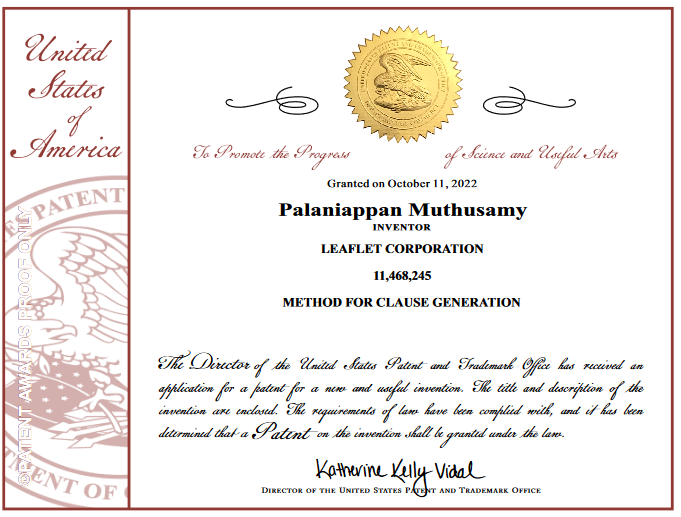Corporate Legal Operations Consortium (CLOC) Hot Topics

Contract automation was the hot topic at the recent Corporate Legal Operations Consortium (CLOC) conference in Las Vegas. We had a lot of meaningful discussions with attorneys and contract operations people who visited Leaftlet’s booth. After writing up our meeting notes, we would like to share what we heard.
1. No Tech Resources or Programming
Legal departments need to move quickly, so they want to be able to create templates for sophisticated contracts by themselves using familiar tools like MS Word without technical resources/programming. We heard feedback that some vendor claims of “no programming” were simply not correct.
2. Address Entire Contract Creation Workflow
Legal departments value contract automation to help them keep up with internal clients’ contract needs, however they want a holistic contract automation solution that goes beyond just contract assembly, and provides complete control of the entire contract workflow: business user self-service through templates; access control, workflow management, collaboration with departments, approvals, and more.
3. Collaboration with Clients in Business Units
One of the top contract automation capabilities we heard about consistently is the ability for attorneys and legal staff to automate collaboration with clients in the various business units and departments, to help streamline the process and ensure accuracy and compliance.
4. Self-Serve Templates for Business Users
Legal wants to be able to set up contracts in business unit intranets to enable employees to create contracts in a self-serve manner while retaining control of the underlying template and workflow.
5. Connects with Other Systems
It’s important to be able to easily push/pull data into and out of contracts to/from other systems (Salesforce, CLM, ERP, etc.) without major integrations using open APIs.



